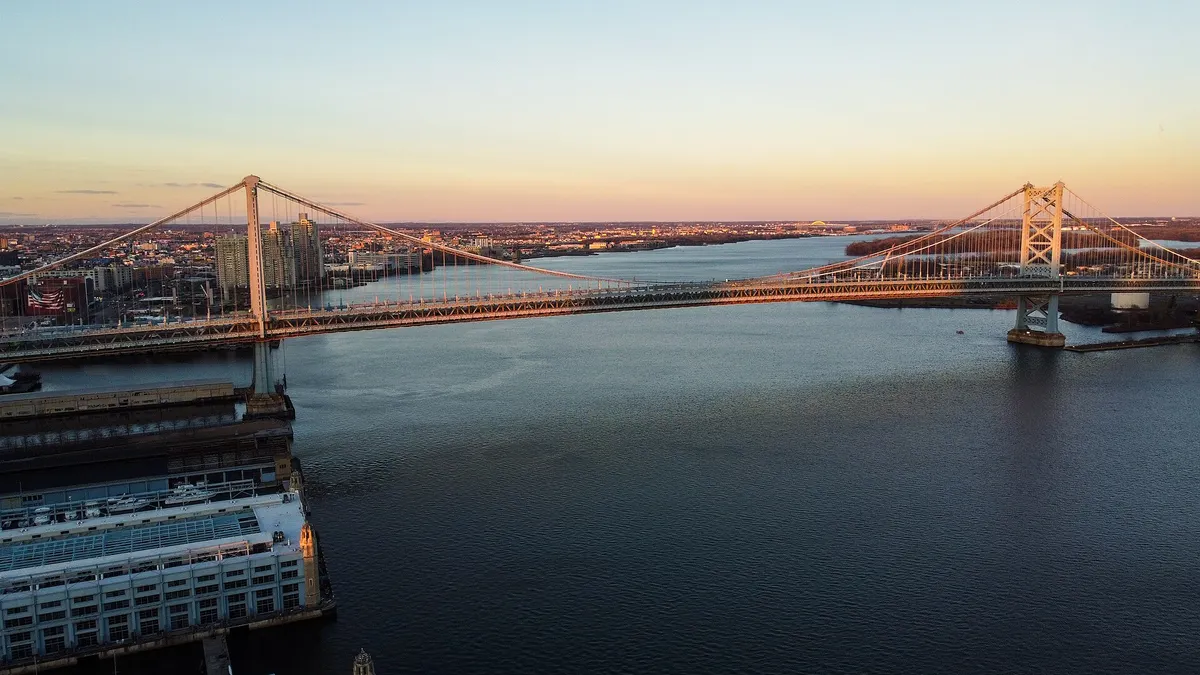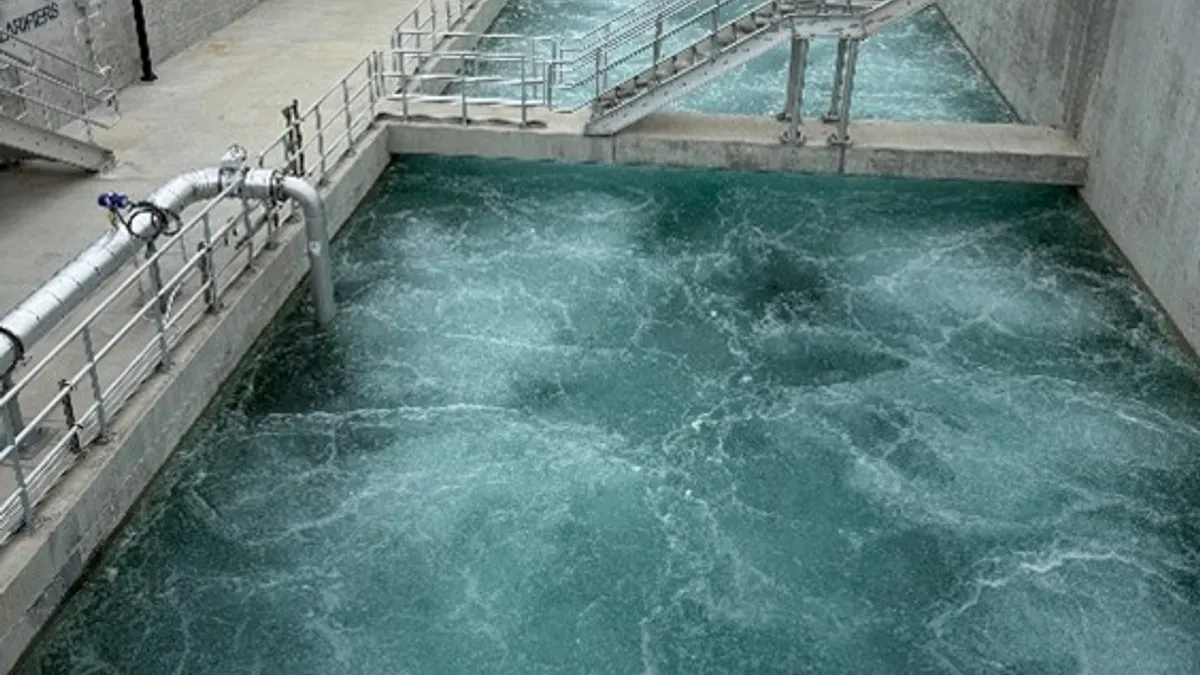Despite the California high-speed rail project being scaled down to a more manageable — and cheaper — scale, the agency governing the project still had to deliver bad news to California lawmakers on Wednesday via its latest project update.
The 119-mile Merced-to-Bakersfield (Central Valley) line, previously estimated to cost between $16 billion and $18 billion, now has a $20.4 billion price tag. Those costs, said California High-Speed Rail Authority board chair Lenny Mendonca in the report, could rise in the future in the event of unforeseen circumstances.
This latest estimate includes $16.3 billion for construction of the line; $700 million for trains; $800 million for work on the Phase 1 (San Francisco to Anaheim) NEPA (National Environmental Policy Act) Record of Decision; $1.3 billion for bookend investments; and $1.3 billion for other costs. The increases from previous projections break down into $477 million for cost increases, $362 million for a wider scope of work and $990 million for additional risk contingencies.
Also in the report, Mendonca said the initial budget for the rail project and schedule were unrealistic and that the authority will now focus on allocating its “limited resources” on achieving a working segment in the Central Valley. Anything less, he said, would leave taxpayers with $5 billion spent and nothing to show for it. The ultimate goal, Mendonca said, is to complete the scaled-down line, demonstrate the potential success of high-speed rail and draw investment to complete the full, original Northern California to Southern California route.
Not long after California Gov. Gavin Newsom took office, he announced that all but the Central Valley segment of the over-budget $77 billion bullet train projects were suspended.
In one attempt to curb costs, Mendonca said many functions that had been contracted out to consultants would be transferred to state employees. Critics of the rail’s management thus far contend that turning over a large share of the planning and management of the bullet train to consultants is one of the reasons the project is in the state it is now. A review of internal authority documents by NBC Bay Area, for instance, takes aim at consultant WSP, which has allegedly missed its own deliverable deadlines 30% of the time. However, a rail official told NBC that both the authority’s and WSP’s performance has improved over time.
But there’s another problem facing the project. The Federal Railroad Administration notified the authority in February that an internal review indicates the CHSRA will not meet a major 2022 construction deadline and that it intends to cancel a $929 million funding agreement. The authority has rejected the FRA's conclusion.
In addition, if the CHSRA cannot meet the FRA completion requirements outlined in the agreement, the federal government could withhold future funding for other unrelated infrastructure projects until the state refunds potentially billions of dollars of bullet train grants that it has already spent, according to the NBC report. The state reportedly accepted these terms when the federal government gave it money to begin construction on the Central Valley segment. Immediately after the FRA notification of cancellation, President Donald Trump’s administration said it would try to recoup this amount — $2.5 billion in prior funding — as well.
The pace of building, which is three times slower than it needs to be in order to meet the FRA deadline, NBC reported, has construction wrapping up by 2027. The head of an independent peer group monitoring the bullet train project said the only way the line can meet the federal performance schedule is to raise taxes and use the additional revenue to step up the pace of construction.
Other potential problems facing the rail, according to the Los Angeles Times, are a significant underestimation of how much it would cost to electrify a portion of the line; an aggressive spending schedule; possible legislative delays as the authority tries to borrow against future cap-and-trade income; and potential holdups with the necessary land acquisitions, with approximately 200 eminent domain actions still pending.
Despite these challenges and setbacks, it looks like the authority will keep plugging away toward an operational line. Calling the Central Valley segment a “building block” for the bigger project, Mendonca said it will "provide a significant economic boost to fast-growing and dynamic parts of our state, anchoring an ambitious economic development vision for rural resilience in the Central Valley."




















